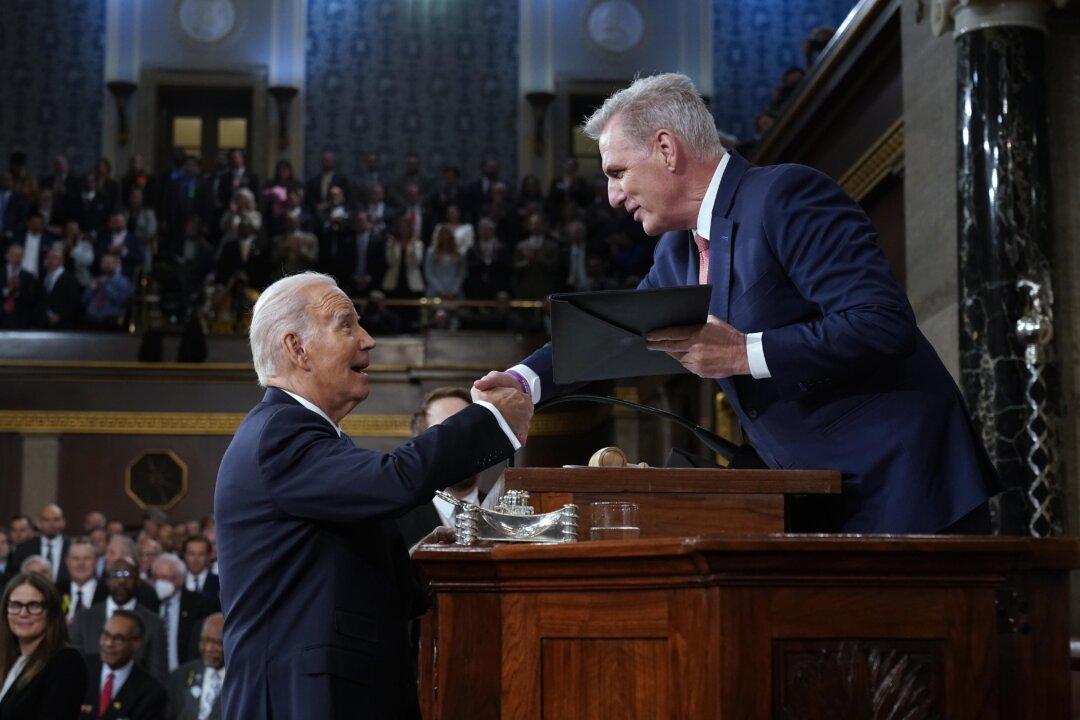The debt ceiling agreement reached by President Joe Biden and House Speaker Kevin McCarthy (R-Calif.) last month will reduce the national debt and decrease net interest payments over the next decade, the Congressional Budget Office (CBO) said in a new report.
The nonpartisan budget watchdog assessed projections in its May 2023 baseline and the estimated effects of the Fiscal Responsibility Act (FRA), which was signed into law on June 3 by Biden.





